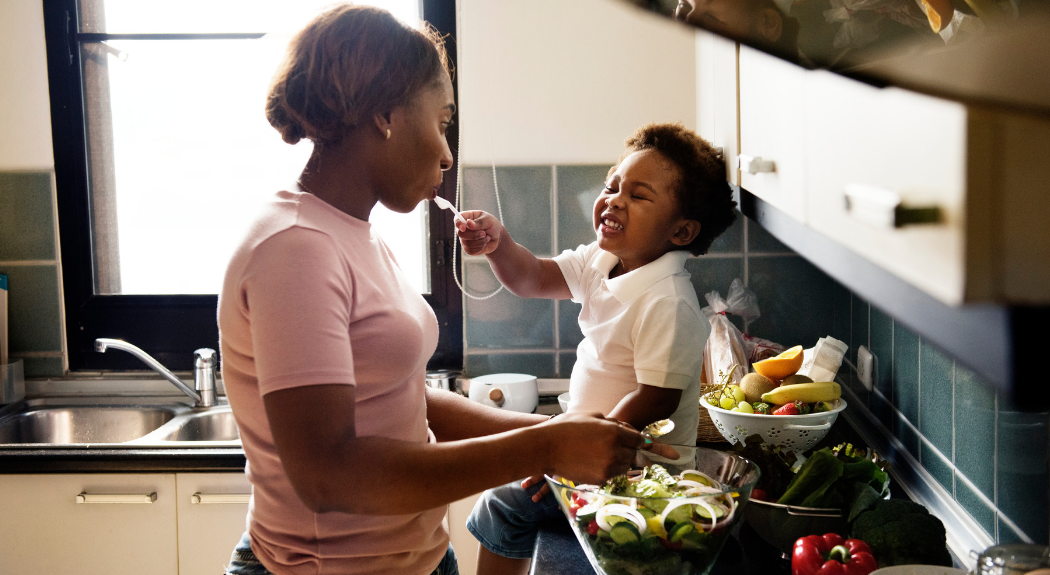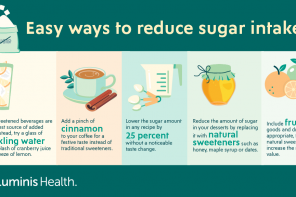Getting dinner on the table is a daily struggle for many parents, especially once school starts. We know you’re busy, but home-cooked meals can save you time, money and stress. Meals prepared at home generally contain a greater variety of nutrient-rich foods. Here’s your cheat sheet to get dinner on the table and start the school year off on the heathiest foot.
- Dust off your slow cooker. One recipe resource available for slow cookers you can freeze is New Leaf Wellness. From pulled pork, to lentil soup or even spaghetti sauce, the slow cooker can save time and allow family members to eat at different times if necessary.
- Try a pressure cooker. Instead of cooking low and slow all day, it cooks at high pressure at the end of the day usually in under an hour.
- Repurpose leftovers. For example, grill salmon fillets pm Sunday, have salmon on a salad Monday and add salmon to a pasta dish Tuesday, or make fish tacos. You can also bake six chicken breasts and use in soup, chicken salad, chicken enchilada or chicken tacos for meals throughout the week.
- Have a plan. Planning prevents ordering out or fixing a frozen pizza. Look at the family calendar, taking note of sports practices and other activities during dinnertime. For those active nights, fix something that can be prepared in the slow cooker or repurpose the leftovers into soups, fajitas, wraps or pasta dishes.
- Grocery shop during times you might waste waiting at kids’ activities. We have all been on the sidelines at practices or in the car reading or thinking about all the other things we should be doing, so go ahead and squeeze in a trip to the grocery store. Also, use this idle time to Google recipe ideas using ingredients you have on hand.
- Let the kids cook. Involve them in the menu ideas. The more hands on they are, the more likely they are to want to expand their palate and taste more things. Washing produce, assembling ingredients, cleaning as you go are all ways children can help.
- Look for recipes that can be doubled and/or frozen. Freezer cooking is a great way to combine the healthier aspects of home cooking with convenience we desperately need during the school year.
- Have groceries on hand. This is likely the most important element to assure menu success. Setting yourself up with healthy foods, ready to go, sets the stage for the entire week.
- Purchase precut vegetables or fruit. Use them for a baked potato bar, sandwich stations, or casserole add ins.
- Create a meal rotation. Bring peace to your meal planning with theme nights. For example, Monday is grill night, Tuesday is Mexican, Wednesday is a pasta dish. It is a great way to automate your pantry needs, and subsequently your grocery list. It can also help with picky eaters so they know what to expect and can offer ideas. Set yourself up for easy meal prep by creating a meal rotation for certain days or meals so that you don’t really have to think about it. If you need to store recipes, there are many apps to choose from, such as Evernote, Pinterest, Paprika, Pepperplate and OrganizEat.
If you are moving towards plant-based eating, visit the Physician Committee for Responsible Medicine for recipe ideas.
Authors
 Ann Caldwell and Maureen Shackelford are nutritionists and registered dietitians at Anne Arundel Medical Center. To reach them, call 443-481-5555.
Ann Caldwell and Maureen Shackelford are nutritionists and registered dietitians at Anne Arundel Medical Center. To reach them, call 443-481-5555.
Originally published Sept. 4, 2018. Last updated Aug. 27, 2019.




